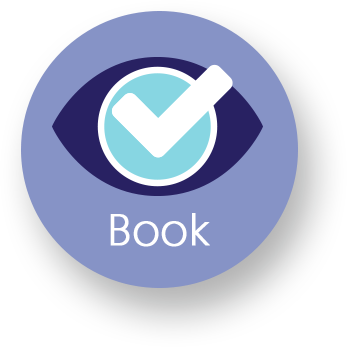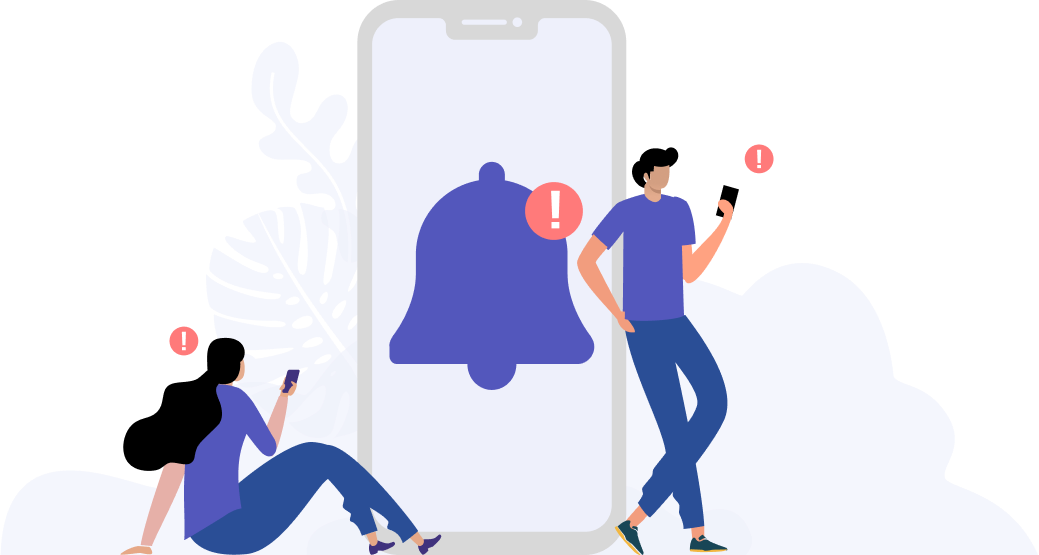5 Signs Your Child Might Be Due For An Eye Examination

Is your child struggling in school? It could be due to an undetected vision problem. Your child may have trouble seeing the whiteboard clearly and hence lose focus in class. This is just one of the few signs that could mean it is time for an eye examination.
Undetected vision problems may affect your child’s performance beyond the classroom. Children rarely complain about their vision as they may not realise any problems.Therefore, it is important that you recognise some signs showing that your child may have vision problems and require glasses.
Our research has shown an increase in screen time of almost 20% for both children and adults in Singapore during the pandemic. The excessive use of devices constitutes near work, which has been proven to be associated with myopia. Hence, parents should take note of the following behaviors that could indicate vision problems:
1. Squinting
Have you ever noticed your child squinting his eyes, struggling to see something in front of him? Squinting is a natural reaction in an attempt to see things clearly, as it helps improve the vision momentarily. By squinting, we create a pinhole effect by allowing only a small amount of light into the eye, hence resulting in a clearer image [1]. If you catch your child squinting, he/she could be compensating for poor vision and should have their vision checked.
2. Sitting too close to the television or holding devices too close
The general rule of thumb is to be at least 5 times the distance from the screen as the screen is wide. If your child is sitting abnormally close to the television [2], holding his device way too close, or lowering his head while reading, it could be a sign of nearsightedness, or myopia.
Nearsighted children have clear vision at a close range and blurry vision at a distance. By moving the closer to the objects, it brings the object to their focal point and makes the image bigger [3]. If you catch your child moving closer to objects, it may be time for an eye examination, as vision problems may become worse with time if uncorrected.
3. Rubbing eyes excessively
Excessive eye rubbing may be an indication of eye fatigue or strain and can be a sign of many vision problems. Rubbing our eyes also has negative consequences and serious repercussions on our eyes, especially if we have pre-existing eye conditions like myopia and glaucoma [4] .
4. Tilting the head
Children may tilt their heads to adjust the angle of vision to compensate for eye misalignments. This could be a sign of muscle imbalance or amblyopia, also known as lazy eye [5]. They tilt their heads to relieve the strain on their eyes and/or minimise their double vision. At times, they could also tilt their heads to correct a refractive error by squinting [6].
5. Covering one eye
Your child could be covering one eye if he/she has better vision in one eye and poorer vision in the other. They could be covering the eye with the poorer vision, so that it does not affect the vision while they look at something. Covering one eye could be a sign of double vision or other vision problems. If uncorrected, it could increase the risk of developing amblyopia.
Schedule the next eye examination for your child today
You can simply locate, book and manage your next appointment with plano Eyecheck, a user-friendly online platform that connects families in Singapore to their nearest optometrists. You can make an appointment for a variety of eye care services, including comprehensive eye check-ups and myopia control consultations.
Prevention is always better than cure! It is recommended to do a comprehensive eye examination annually to help diagnose any undetected vision problems. If your child has never done an eye examination, it’s not too late to book an appointment here.

References:
[1] Invision. (2014, July 8). Why Do I See Better When I Squint? https://www.invision2020.com/see-better-squint/#:%7E:text=A%20small%20amount%20of%20the,the%20eye%20as%20you%20squint.&text=Basically%20only%20a%20small%20amount,The%20result%20is%20better%20vision.
[2] Bedinghaus, T. (2019, June 24). Can a Close TV Damage Your Eyes? Verywell Health. https://www.verywellhealth.com/ideal-distance-for-tv-viewing-4153791
[3] Bedinghaus, T. (2020, May 7). Signs Your Child Might Need Glasses. Verywell Health. https://www.verywellhealth.com/top-signs-your-child-needs-vision-correction-3421600
[4] SimonEye. (2018, December 19). Why You Shouldn’t Rub Your Eyes. Simon Eye Associates. https://www.simoneye.com/eye-care/why-you-shouldnt-rub-your-eyes/#:~:text=Potential%20Damage,other%20part%20of%20your%20body.[5] Johns Hopkins Medicine. (n.d.). Amblyopia (Lazy Eye). Retrieved July 14, 2020, from https://www.hopkinsmedicine.org/health/conditions-and-diseases/amblyopia-lazy-eye
[6] American Association for Pediatric Ophthalmology and Strabismus. (2018, August). Abnormal Head Position. https://aapos.org/glossary/abnormal-head-position
[7] Bedinghaus, T. (2020, May 7). Signs Your Child Might Need Glasses. Verywell Health. https://www.verywellhealth.com/top-signs-your-child-needs-vision-correction-3421600
Tools Designed for Healthier Eyes
Explore our specifically designed products and services backed by eye health professionals to help keep your children safe online and their eyes healthy.





